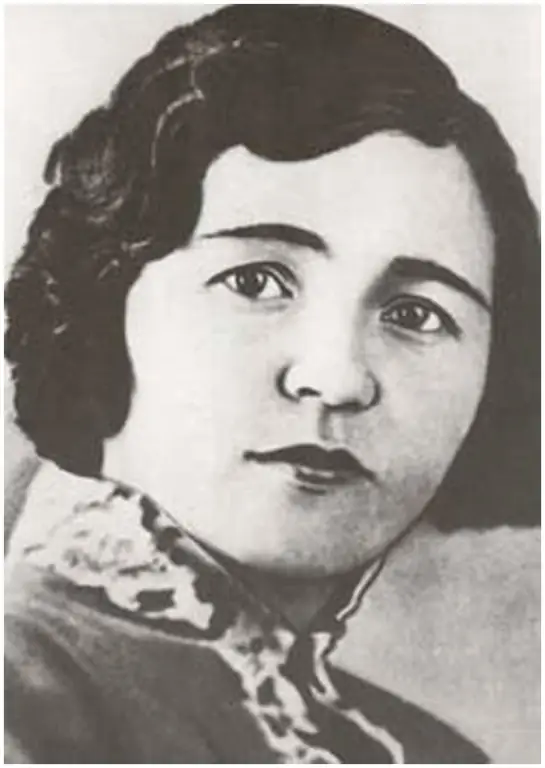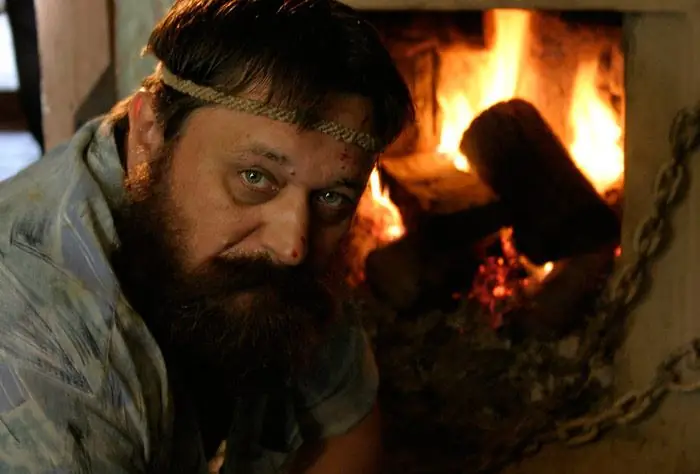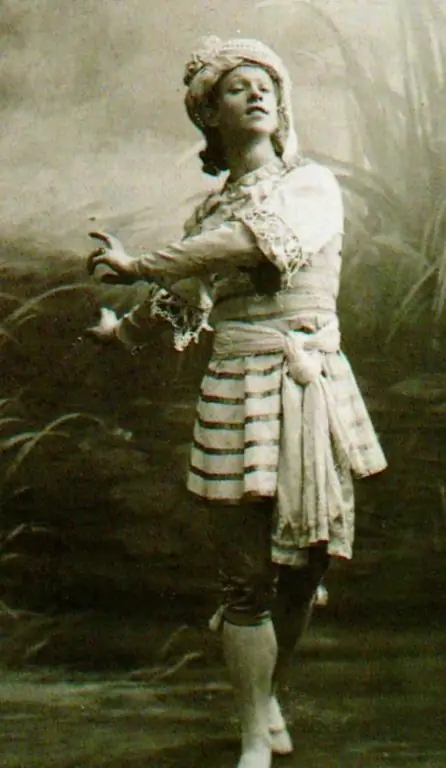2025 Author: Leah Sherlock | [email protected]. Last modified: 2025-01-24 17:46:31
Victor Vasarely is an extraordinary French artist who, throughout his life, tried to surprise the viewer and deceive his brain. His works are truly unique, and the creator himself is considered the founder of the "op art" art direction in the world.

Victor Vasarely. Biography
The artist was born at the beginning of the twentieth century in Hungary, in the small town of Pécs. His youth fell just at the peak of the development of avant-garde creativity and freedom of expression. Probably, thanks to this, he found himself in an unusual direction for that time. Initially, his parents insisted that Victor become a paramedic, but two years of study at a medical university convinced him of the opposite. In 1927, he dropped out of a prestigious university and went to study at a private art academy. A year later, he entered the studio "Mukheli", which was a branch of the Bauhaus Sandor Bortnik and L. Moholy-Nagy.
In 1930, Victor Vasarely meets the woman of his dreams and moves with her to Paris. He began his career working in advertising agencies, drawing posters and experimenting withornaments and graphic perspective.

First steps in creativity
Victor Vasarely has been looking for himself in various areas of art for a very long time. Pictures of the early period of creativity combine futurism and expressionism, surrealism and avant-garde. He experimented a lot with perspective, combined light and shadow, changed textures. Only in the late 1940s did he manage to find his own unique style, thanks to which he would become recognizable in the world.
The first solo exhibition took place during the Second World War, and then it caused a real sensation. Optical effects, abstract forms and various figures came to life on the canvases and made people see a dynamic space in a static picture.
In the 50s of the last century, the artist goes even further. From the canvas, he moves on to three-dimensional sculptures, forcing them to move as well. He made extensive use of mirrors, arranging them at such an angle and painting them in such a way as to deceive the eye.

Author's method
The game of illusions attracted the artist. He continued his experiments until he patented his own method of creating a work of art. It happened in 1955, since that time graphic illusions could be created without the participation of the author, but with only one condition: the set for creativity was limited to a specific number of colored geometric shapes. It was possible to use: three figures of red, green, blue; two yellow, purple; one by oneblack, white and gray; there were three circles available, two squares and rhombuses each, there were still a couple of rectangles and triangles; from rounded figures, ovals and dissected circles were used in two pieces.

The new direction quickly gained popularity. Ideology was used in fashion, packaging, design. Unusual images were embodied in architecture and monumental construction. A vivid example was the floor in the building of the Faculty of Natural Sciences in Paris, the composition of which was called "Para-vista".
Op art
Graphic illusions have become for Victor the work of his whole life. According to the interpretation, this style involves the viewer in an optical illusion, created with the help of the correct arrangement of flat and spatial figures, static and dynamic ornaments. "Op art" became widespread in the 60s of the last century, and its heyday coincided with the period of popularization of "pop art".

Now the artist's originals can be seen in his own fund (created during his lifetime) in Aix-en-Provence, at the Center for the Arts. J. Pompidou in the capital of France and in the country where Victor Vasarely comes from. Paintings with names are stored in the city of childhood - in Pec.
Zebras
As Victor Vasarely said about his work, he focused not on the heart of the viewer, but on his retina. "Op-art" is an illusory art, a philosophy of being and a test of one's psychological characteristics. Consider the paintings of Victor Vasarely (photo below) in more detail. Here, for example, are the famous Zebras.

If you are ever lucky enough to see a picture of "Zebra" with your own eyes, note that the animals move in parallel with your move. You go to the right and they follow you, turn in the opposite direction and they go too. This is amazing!
Psychologists offer another test. Look carefully at the picture and tell me what pattern is on the horse skin? White stripes on a black background or vice versa? If you answered that the background is black, you are a pessimist; if it is white, you are an optimist.
Collage "Cosmos"
Victor Vasarely almost did not paint pictures with titles. Many of his works remain simply amazing three-dimensional canvases. But among all there is a world-famous collage called "Cosmos".

This is a picture of a red cylinder like a galaxy. But the picture is striking not only with its form. This is the only work of art that has been outside the earth's orbit. In 1982, she was taken on board by two spacecraft - first Soyuz T-6 and then Salyut 7.
Modern trends
Display of the basic ideas of creating three-dimensional paintings can be observed in the modern world. They are increasingly used in architecture, monumental construction, computer graphics, design and, of course, in art. Now no one is surprised to see 3Da picture on the pavement, but only be sure to be photographed and marvel at the skill of the artists.
Recommended:
Khadia Davletshina: date and place of birth, short biography, creativity, awards and prizes, personal life and interesting facts from life

Khadia Davletshina is one of the most famous Bashkir writers and the first recognized writer of the Soviet East. Despite a short and difficult life, Khadia managed to leave behind a worthy literary heritage, unique for an oriental woman of that time. This article provides a brief biography of Khadiya Davletshina. What was the life and career of this writer like?
Alexander Yakovlevich Rosenbaum: biography, date and place of birth, albums, creativity, personal life, interesting facts and stories from life

Alexander Yakovlevich Rosenbaum is an iconic figure in Russian show business, in the post-Soviet period he was noted by fans as the author and performer of many songs of the criminal genre, now he is best known as a bard. Music and lyrics written and performed by himself
Rozov Victor: biography, creativity. The play "Forever Alive"

The military theme occupies a special place in Soviet cinematography. Films that are dedicated to the tragic pages of the domestic history of the 20th century were shot by directors a lot
Actor Alexander Klyukvin: biography and personal life, date and place of birth, creativity, famous roles and professional voice acting of audiobooks

Actor Alexander Klyukvin is a delightful and talented person. He gained his popularity not only thanks to excellent roles in big films and in theatrical plays. Very often he participates in dubbing foreign films
Vaclav Nijinsky: biography, date and place of birth, ballet, creativity, personal life, interesting facts and stories, date and cause of death

The biography of Vaslav Nijinsky should be well known to all fans of art, especially Russian ballet. This is one of the most famous and talented Russian dancers of the early 20th century, who became a true innovator of dance. Nijinsky was the main prima ballerina of Diaghilev's Russian Ballet, as a choreographer he staged "Afternoon of a Faun", "Til Ulenspiegel", "The Rite of Spring", "Games". He said goodbye to Russia in 1913, since then he lived in exile

